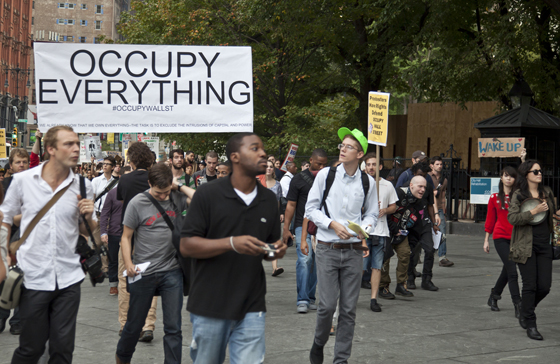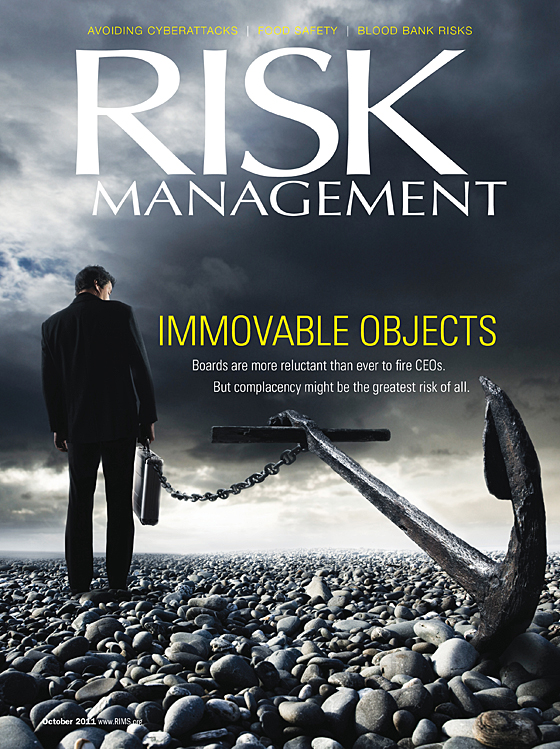Many are already aware of the passing of Apple’s former CEO, Steve Jobs. Though he is gone, his products, vision and motivation will be around forever.
As the business world mourns the loss of one of the greatest innovators of all time, they should also learn from Apple’s succession plan. In the October issue of Risk Management, we covered succession planning in a section of the feature, “Immovable Objects.” In it, author Lori Widmer writes about Jobs’ battle with cancer, his three medical leaves of absence within a six-year period and the board’s decision to develop a CEO succession plan. She writes:
In August, when Jobs eventually relinquished command of the company he built, the business world went nuts. Many feared the stock would plummet overnight. One month later, however, the tech giant’s share price was higher than it had been during Jobs’ final weeks at the helm and was threatening to eclipse $400 per share for the second time this year. Investors have responded favorably to the company’s new CEO, 13-year company veteran Tim Cook, who Apple’s board was confident could successfully lead the company. After all, he had already done so on three other occasions when Jobs was forced into medical leaves of absence.
Unfortunately, stories of seamless transition are uncommon. Few boards build a succession plan. In fact, while 84% of directors find succession plans to be essential, only half of boards of Fortune 1,000 companies have them, according to Korn/Ferry International’s “34th Annual Board of Directors Study.” It seems that boards are long on talk but short on action.
Those figures are sobering. Without a complete succession plan in place, no matter if the current CEO is in good health or not, a company is often left in limbo, usually scrambling to chose who should fill the shoes. The transition, without a proper plan, can be anything but smooth and have ill effects felt throughout the entire company.
A recent report from Cutting Edge Info on succession planning states that “forward-looking companies ses succession planning as an opportunity to reinforce corporate identity, elevate operation performance and ensure continuity. They recognize the link between organizational objectives and individual goals, and they understand how succession planning impacts the bottom line.”
Without a comprehensive succession plan, companies risk more than losing a CEO.




